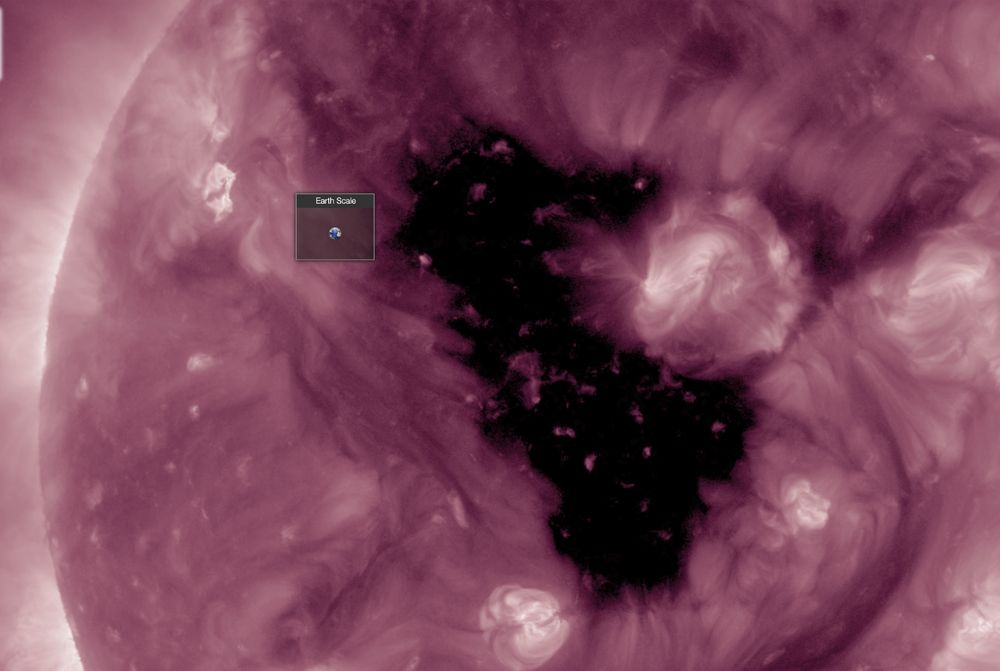Posts
Media
Videos
Starter Packs
Reposted by p.s
Reposted by p.s
Reposted by p.s
p.s
@p-s-v.bsky.social
· 17h
p.s
@p-s-v.bsky.social
· 17h
Reposted by p.s
p.s
@p-s-v.bsky.social
· 18h
Reposted by p.s
Reposted by p.s
Reposted by p.s
p.s
@p-s-v.bsky.social
· 1d
Reposted by p.s
Reposted by p.s
Reposted by p.s
Reposted by p.s
Reposted by p.s
Reposted by p.s














